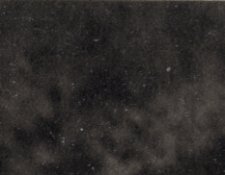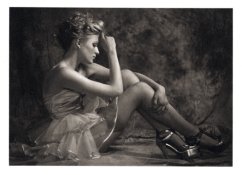Colin Graham
Member
- Joined
- Sep 5, 2004
- Messages
- 1,264
- Format
- Plastic Cameras
I've been using arches aquarelle for 4 or 5 years now, the 90lb natural and the 140 bright white. Wonderful paper for kallitypes, ziatypes, cyanotypes. Haven't had a bad batch in all that time, always works with the same strength acidification. It can look a little odd during acidification- almost looks like the internal sizing is breaking down- especially in the 90lb weights- but it dries down normally, and only needs a modest amount of sensitizer to coat. Getting strong blacks is fairly easy, I actually backed off on base exposure because the blacks can get a little sooty, but I don't own a densitometer so I can't put a number to that.










